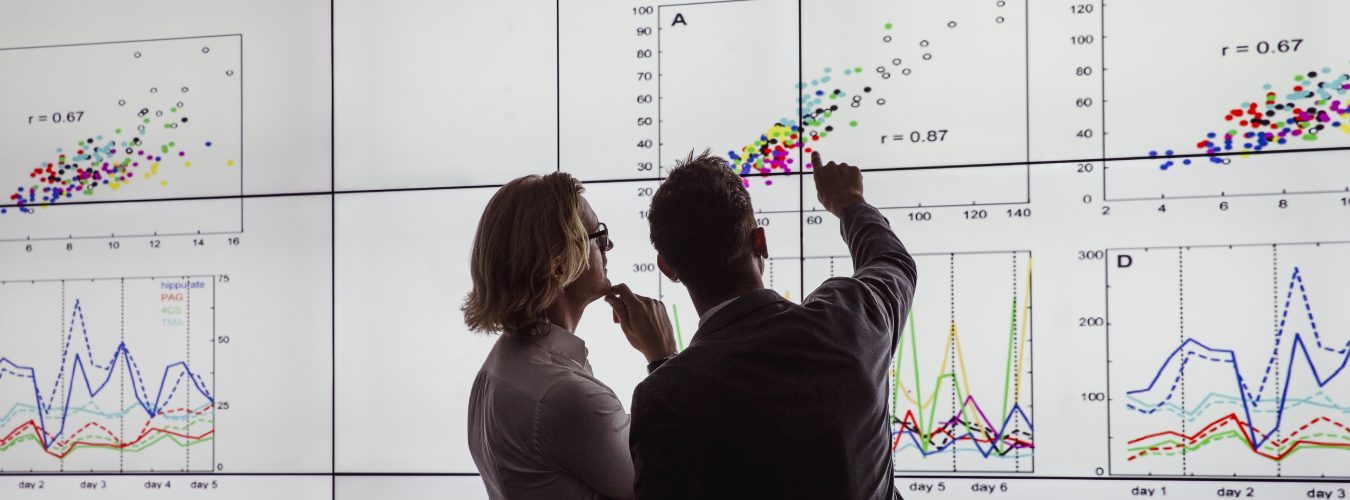Captain’s Log: June 2020
I find myself in a strange world. The inhabitants are sentient yet look like cartoons. They appear to be talking to me in my own language, asking me questions about my latest work in innovation. No, I’m not losing my mind, I’m actually attending my first online virtual conference: Immersive Learning Research Conference.
This conference is being held on a virtual campus island, hosted by a company called VirBELA. I can navigate the space using my custom-designed avatar and venture in and out of different rooms hosting various talks and events.
This island is huge; they have a five hundred seat amphitheatre and an Expo space where various industry brands have stands. There is a football pitch for downtime, and I can drive a speedboat around the island just for fun.

Captain’s Log: November 2019
The Digital Learning Team worked alongside University Hospitals Southampton. Together we have filmed a Major Trauma Resuscitation Simulation with a 360 camera in the Emergency Department of Southampton General Hospital. Creating an immersive resource for the medical students allows more students to view these scenarios ‘first hand’, to enhance their knowledge. For a better understanding and more in-depth information, beam yourself to our previous blog post following the production process.
Captain’s Log: July 2020
We were invited to attend the Immersive Learning Research Conference (iLRN). We also entered our resource into the 2020 Immersive Learning Project Showcase & Competition, where it was shortlisted. The conference lasted four days and was completely online; throughout each day there were lots of talks on varying techniques and experiences in Immersive learning and innovation.
Obviously, the main reason we were there was to display our work and we were given our own virtual ‘Show Space’. Teleport into our show space to get a better look and understanding of how this aspect worked.

Captain’s Log: initial impressions
This was a new and interesting way for us to share our work, with the added challenge that it was also new for many users. This made it difficult to know how a user would navigate the space. What would grab their attention? What was the best way to display our work to create an engaging display? Controlling avatars in there to walk around the space helped tie it into the event and not make it feel like a strange standalone room. You could engage attendees’ avatars. This was either ‘Face to Face’ by displaying webcam footage, or purely text type or voice chat which was orientation-based to add even more immersion.

As it was hosted in San Francisco the time difference was a bit of a challenge, and the buffet was terrible as the food was only byte-sized. But overall the experience was positive.
The act of setting up a virtual show space, having the option to ‘walk through’ other users’ spaces, made it a more memorable and engaging experience with others’ work. Being an active participant in the event, rather than a passive audience member gives the experience more life. Especially during a time like this, it gives you the opportunity to ‘be somewhere else’ even though you are in your own home.
Captain’s Final Thoughts:
Could this be the future of conferences? Removing the need to travel, keeps costs down especially with how expensive rocket fuel is these days. Having a more interactive, less passive engagement with others’ work and looking at just how simple the entire process really is, I feel this could be a major development in the way conferences are held from now on. It does, however, remove the personal, face to face aspect of a regular conference. However, it provides easier means of networking as you can directly ‘follow’ other users at the press of a button. Especially within Education, getting interaction and feedback on your work across a wide range of disciplines is incredibly beneficial. Having that opportunity without leaving your captain’s chair is fantastic.


